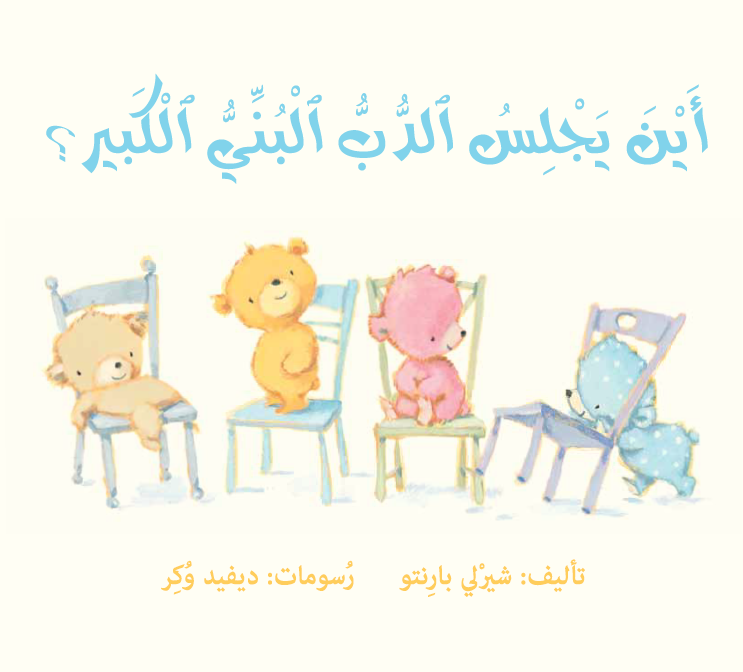Dear Parents,
The five bears try to sit together on four chairs, making a joint team cooperative effort, and succeeding with a little compromise.
Our three-year-old still finds it difficult to share their things with others, but the daily experiences and challenges they experience in their close environment develop their sense of empathy, and cumulatively develop their social, emotional and intellectual skills.
We, as parents, have a great role in utilizing such daily opportunities, accompanying and supporting the child in building social relationships through which they learn to understand the feelings, needs and desires of the other, which enables them to think of solutions to problems like the little bears thought of in our story. How, then, can we support our child in this path?
We should be patient, allowing our child the time and space to try different solutions, and do not rush the outcome. We can stimulate their thinking by asking unanswered questions, such as: How could we...? What do you think would happen if…? Most importantly, we should trust the child's ability to devise solutions that we may not have thought of, and believe in their ability to contribute effectively, as the little bears did when helping the big bear.
The dialogue about feelings, desires, and thoughts of characters enhances children's social emotional capacity, and allows a deep understanding of the text.




